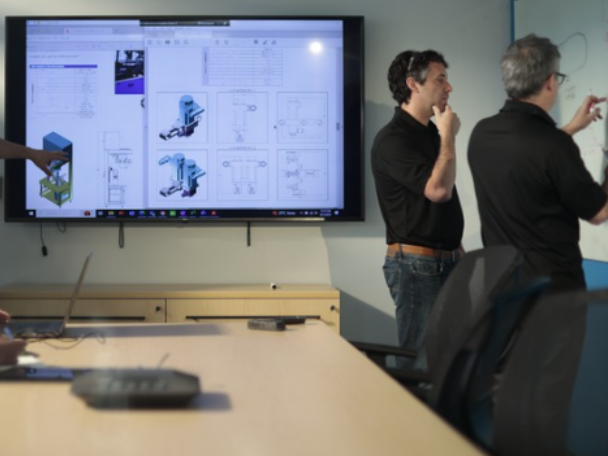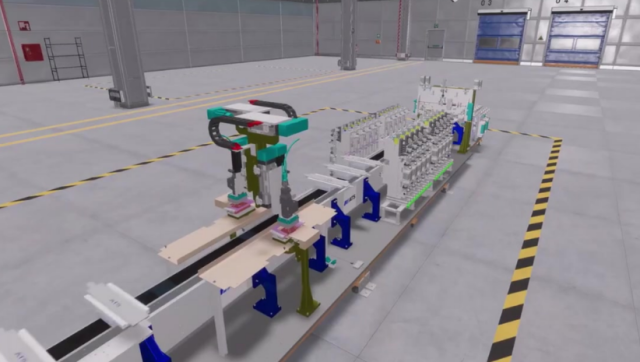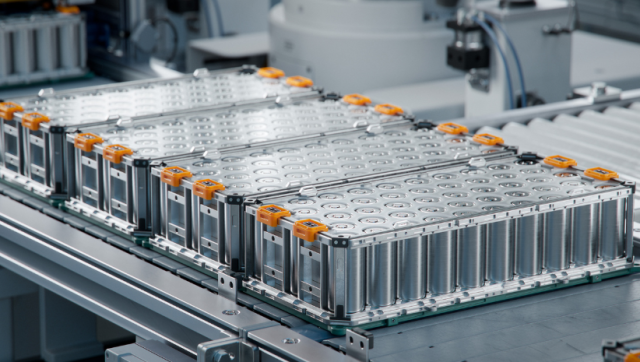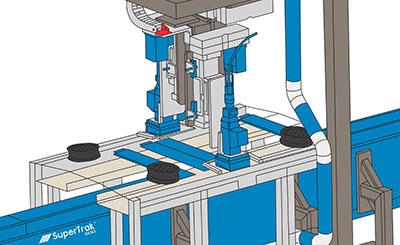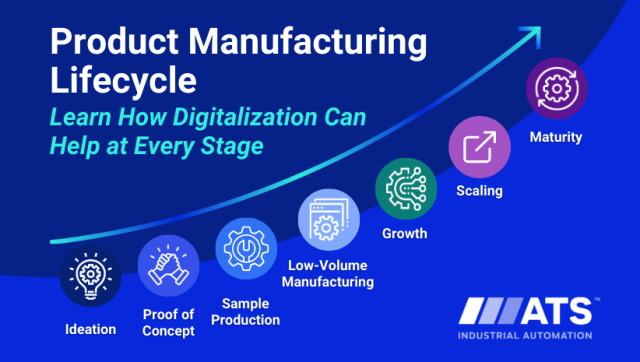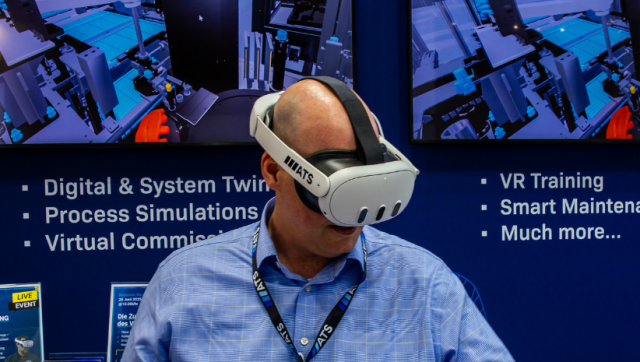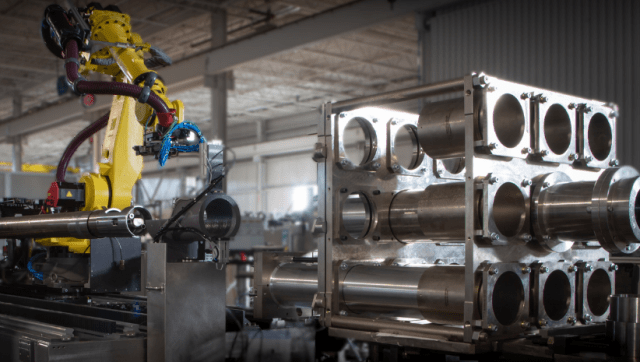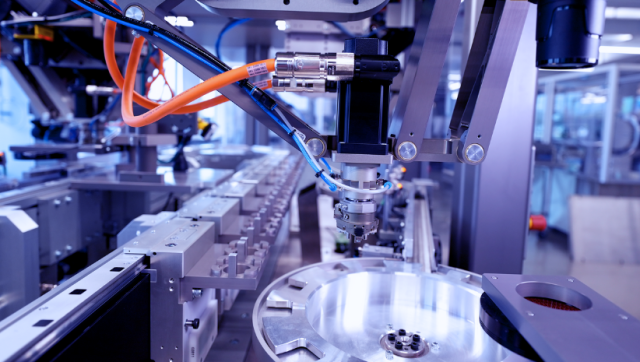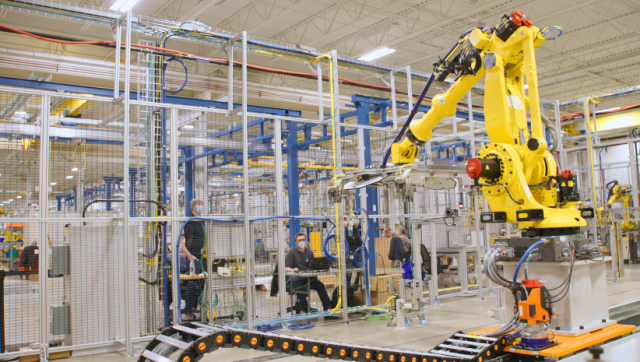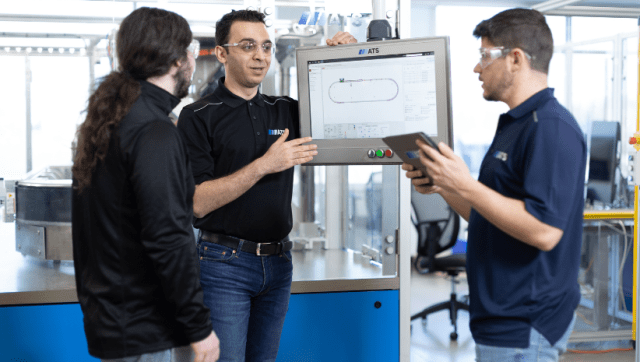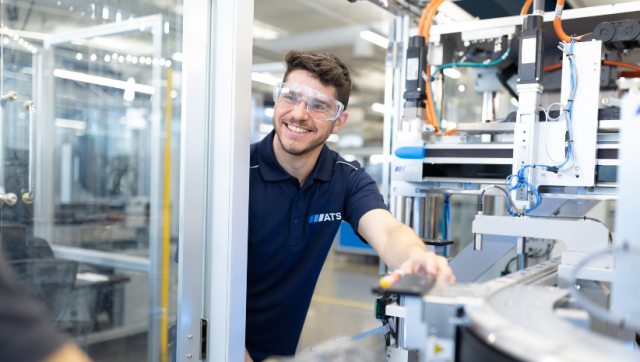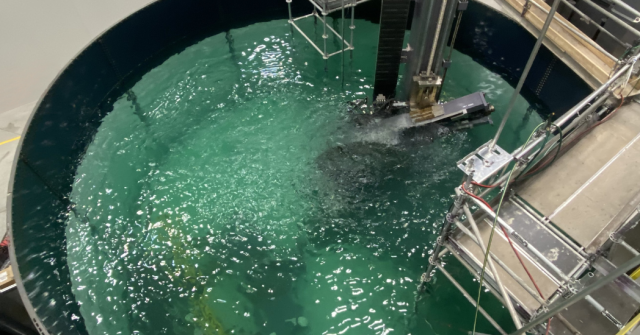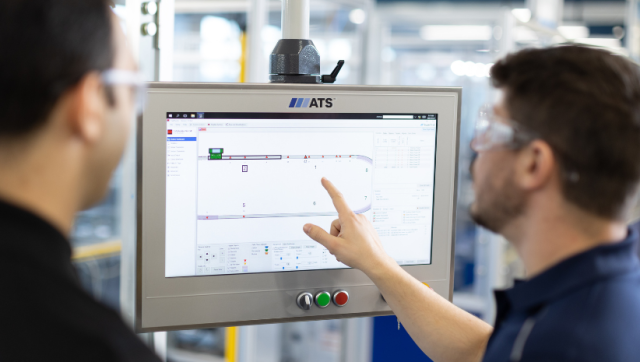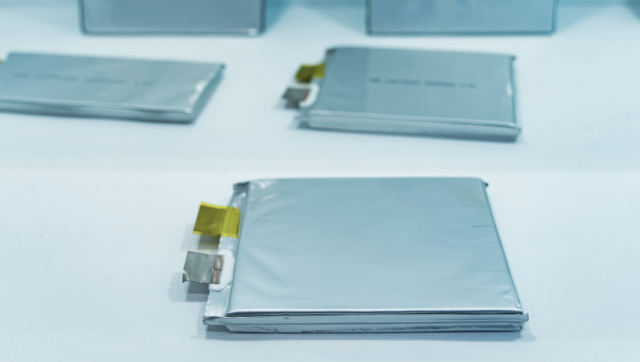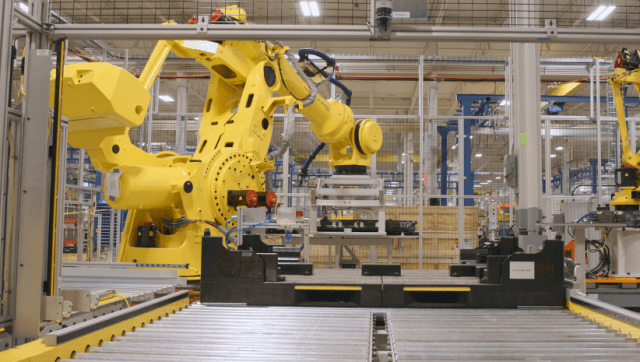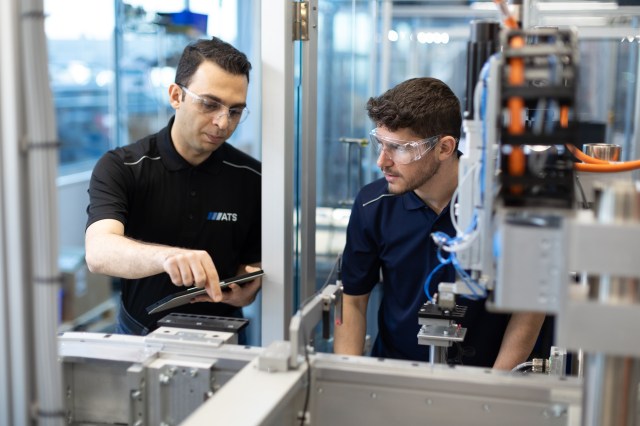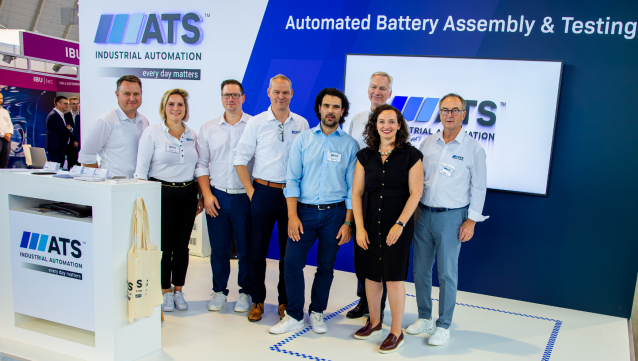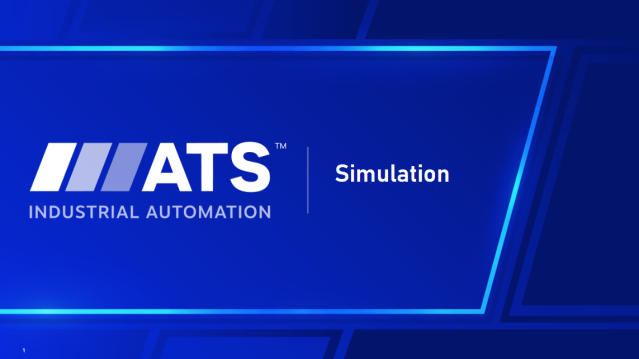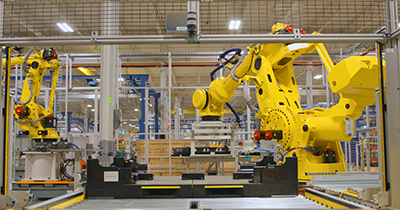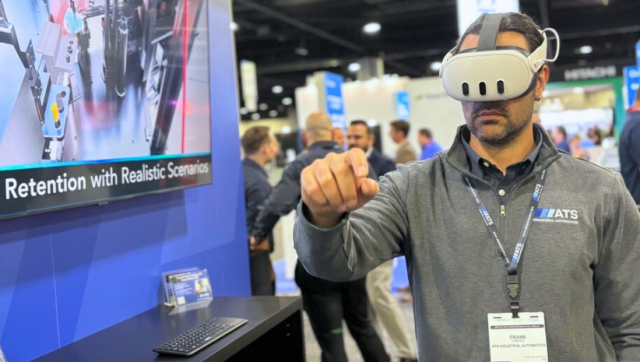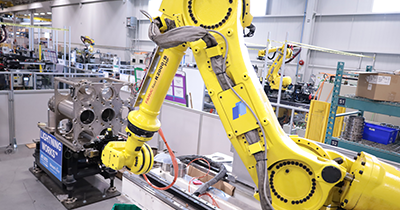
We offer complete testing solutions for measuring mechanical properties during manufacturing processes to assess product quality. Our assembly testing systems incorporate advanced technology, including lasers, sensors, gauges, vision systems, encoders, accelerometers, and data acquisition systems to precisely measure force, torque, distance, and Noise Vibration Harshness (NVH). Our engineers help companies with test process development and customize each system to specific part requirements, test methodologies, throughput, and automation needs.
With 40 years of engineering and testing expertise, we help automotive, renewable energy, and consumer product companies verify product quality, enhance safety, improve efficiency, and meet compliance standards.
Customer Challenges
Identifying test requirements, pass/fail tolerances, and where in the manufacturing process to conduct testing.
Ramping up production efficiently and cost-effectively to meet growing demand.
Managing variability of multiple product designs and form factors.
Training employees on how to maintain new technology and equipment.
Every testing project is unique. Allow us to listen to your challenges and share how automation can launch your project on time.
What Are Mechanical Tests?
Mechanical tests are used during manufacturing processes to measure distance, force, torque, angle or NVH. These tests validate that process/ assembly steps were followed correctly. Used across the automotive, aerospace, manufacturing and consumer good industries, mechanical tests are a critical part of ensuring product quality, safety and meeting industry regulations.
Customer Benefits
Improved Processes
Expertise to address and fix process challenges.
Repeatability and Scale
High-throughput, consistent and repeatable process testing through automation.
Flexibility
Support for a multitude of product variations and platforms.
Cost Effective
Detect and correct failures early in the development process.
Mechanical Properties Testing Methods
Displacement and Distance Measurement Testing
Distance tests measure the position, movement, and distance between objects with high precision. This can include displacement, static, or rate of change between distances. These systems measure tolerances, gaps and alignments in components, and verify the dimensions and positioning of products. This ensures the accurate assembly and quality control of parts, improving safety and performance.
Force Measurement Testing
Force measurement tests precisely measure tensile, compressive, and shear forces on an object. Used in press applications, these systems ensure the correct application of force when pressing, shaping or assembling components for a secure fit and to prevent damage. Additionally, these systems validate the performance of process steps by verifying that the applied forces meet specified criteria. By providing accurate and real-time force data, the force testing systems enhance process control, improve product quality, and reduce production errors.
Torque Measurement Testing
Torque measurement tests examine rotational force applied to an object for evaluating the performance and efficiency of rotating components. In motor testing, torque testing systems assess the output torque to verify motor performance, smoothness and identify mechanical issues. This test also helps determine the motor’s ability to deliver power under varying loads and conditions.
Angle Measurement Testing
Angle measurement testing examines the angular position, rotation, and tilt of objects using sensors, encoders, inclinometers, and gyroscopes. Automotive and eMotor manufacturers use these test systems to verify the rotational position of parts and verify that a motor operates within specification. It is used to test actuator arm position settings and cam phaser testers to ensure accurate valve timing and synchronization in engines.
Noise Vibration Harshness Measurement Testing
Noise Vibration Harshness (NVH) tests leverage microphones, accelerometers, and other sensors to evaluate the sound, vibration levels, and overall harshness of components and systems. This test helps ensure products meet regulatory standards and helps engineers identify sources of unwanted noise and vibration to make necessary improvements. By ensuring engines or other products operate with minimal noise and vibration, NVH testing contributes to better performance and customer satisfaction.









